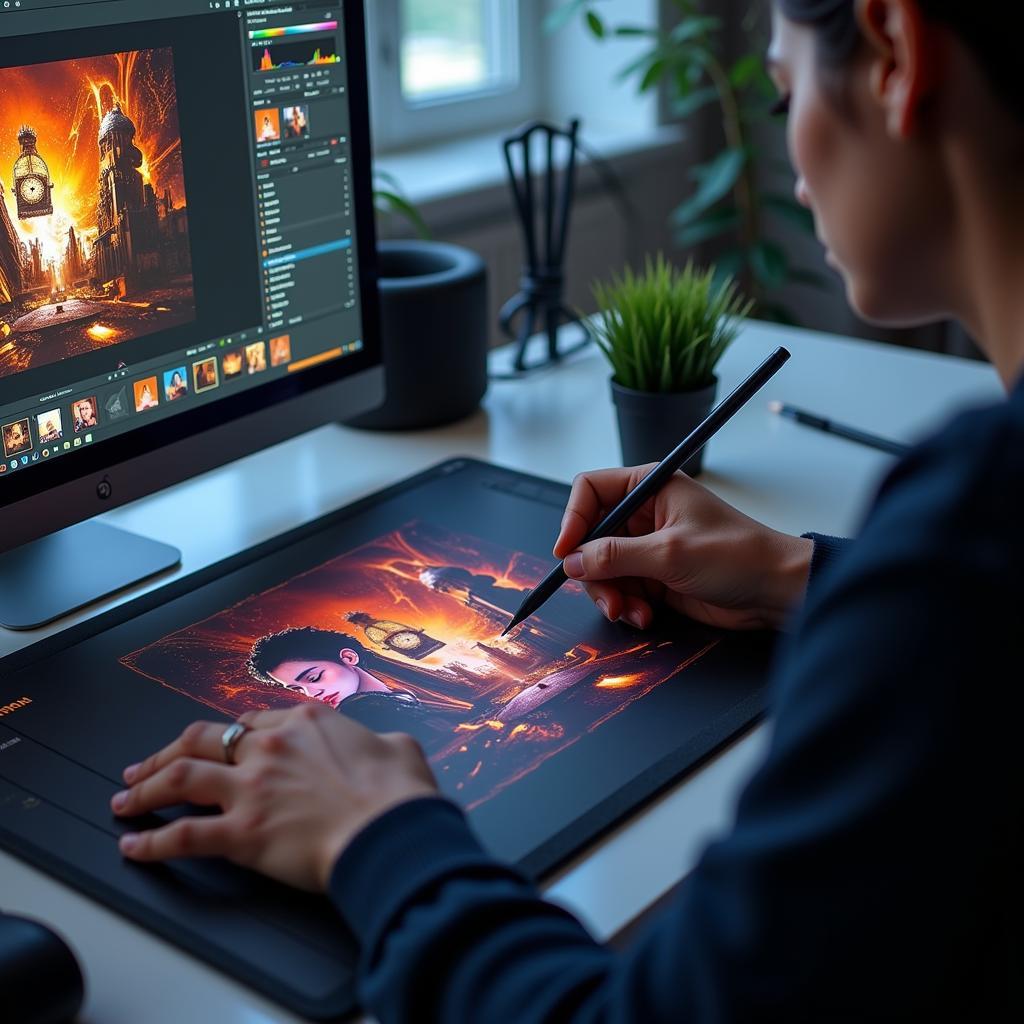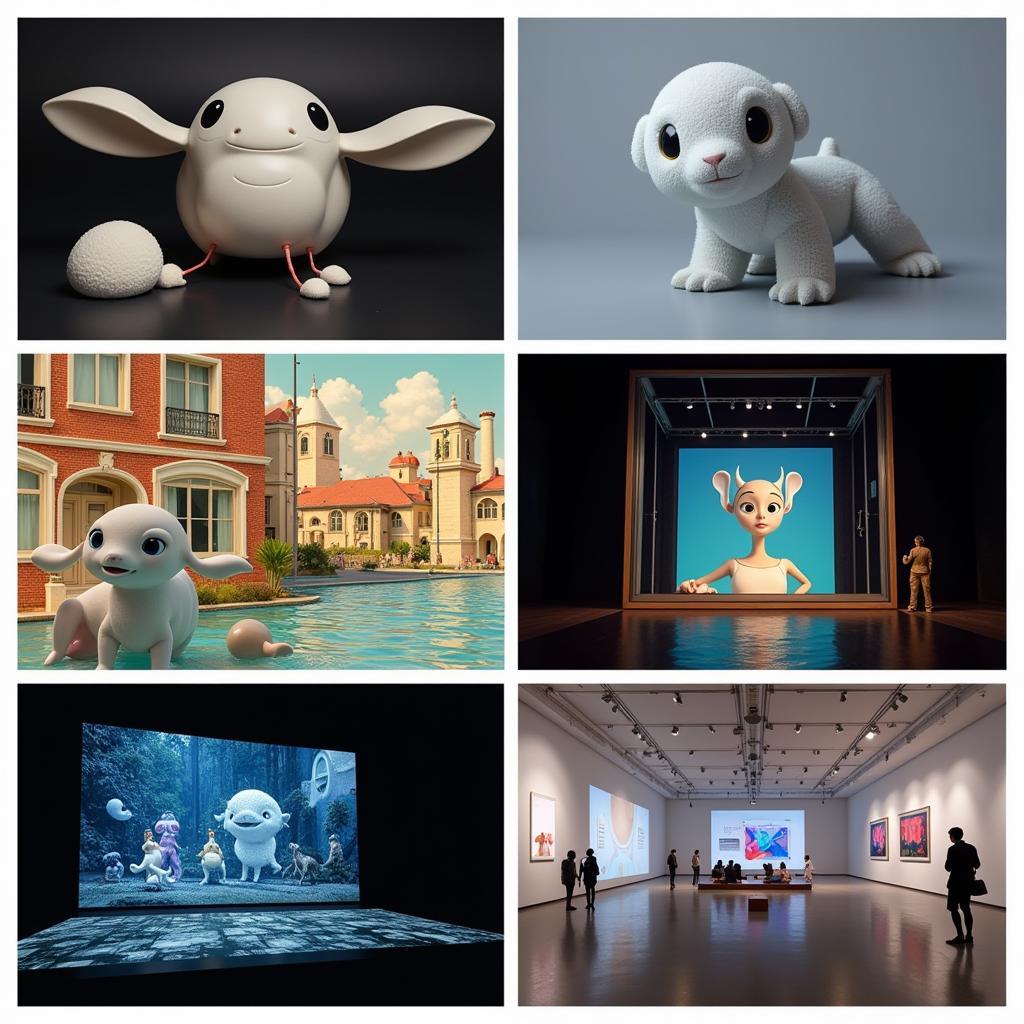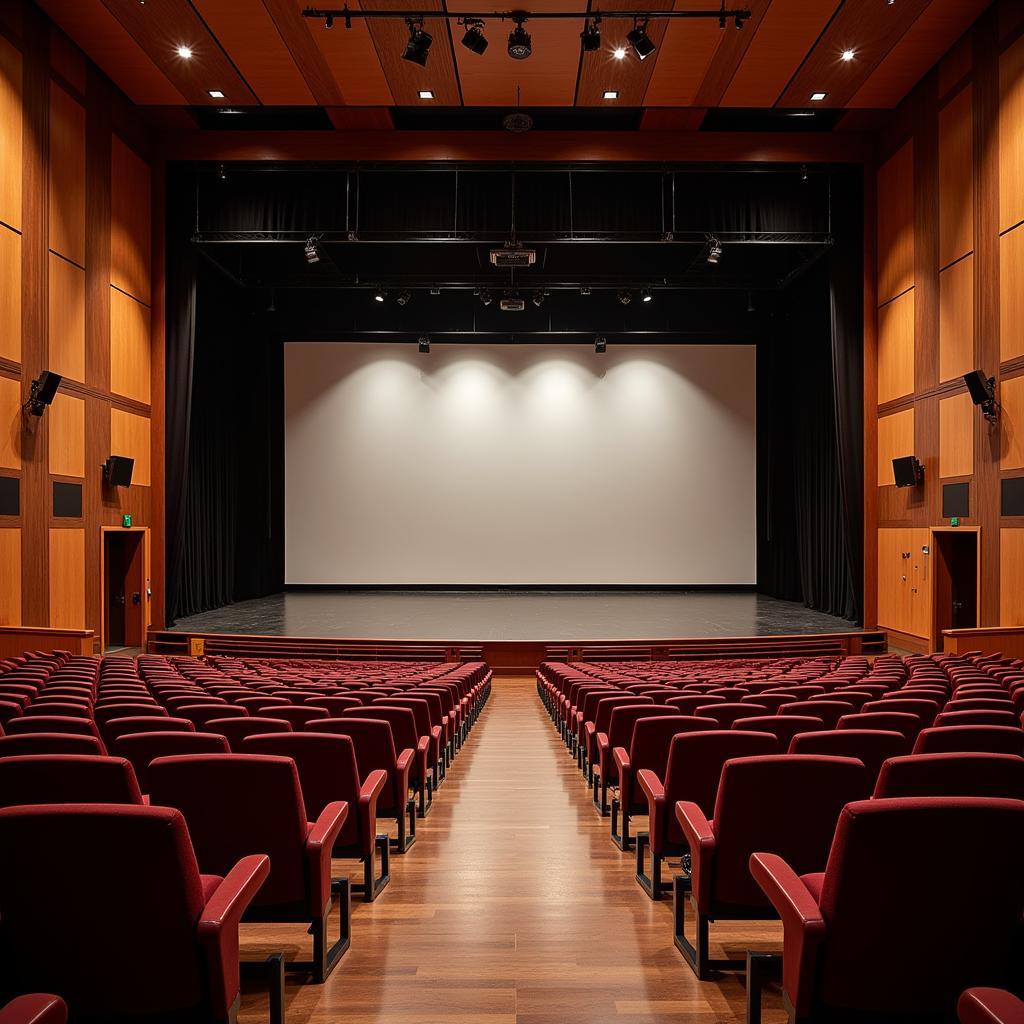What is Arting? Exploring the Essence of Digital Creativity
What Is Arting? In today’s digital age, the very definition of art is constantly evolving. Arting, in its broadest sense, encompasses the act of creating, manipulating, and experiencing art through digital mediums. It’s a vibrant intersection of technology and creative expression, pushing the boundaries of traditional art forms and forging new avenues for artistic exploration. For the aspiring artist, the digital landscape offers a playground of possibilities. From graphic design and animation to virtual reality and interactive installations, arting is a dynamic field that embraces innovation and challenges conventional notions of what art can be. Think of arting as a journey of self-discovery, where creativity and technology intertwine to shape unique and compelling narratives.
Defining the Digital Canvas: What Does Arting Mean?
Arting isn’t just about using digital tools; it’s about understanding how these tools can amplify creative vision. It’s about leveraging the power of code, algorithms, and software to bring imagination to life. Whether you’re a seasoned artist transitioning to the digital realm or a complete novice eager to explore, arting welcomes all levels of experience. Arting encourages experimentation and pushes artists to think outside the box. What was once confined to the physical canvas now extends into the infinite expanse of the digital world. This evolution has opened doors to new forms of artistic interaction, allowing audiences to engage with art in ways previously unimaginable. Looking for supplies to begin your digital art journey? Check out these art supply catalogues.
Arting empowers artists to break free from traditional constraints, offering unprecedented control over their creative process. It’s about crafting immersive experiences, exploring new dimensions of storytelling, and connecting with audiences on a deeper level.
 Digital Art Creation Process
Digital Art Creation Process
The Tools of the Trade: Navigating the Digital Art Landscape
From software like Photoshop and Illustrator to 3D modeling programs and virtual reality platforms, the tools available to digital artists are constantly evolving. Understanding the capabilities of these tools is essential for bringing your artistic vision to fruition. Choosing the right tools depends on your specific artistic goals and preferred style. Experimenting with different platforms and techniques is key to discovering what resonates with you. Are you an aspiring animator? Then software like Blender or Maya might be your go-to. Interested in creating stunning visuals? Photoshop and Illustrator offer powerful tools for graphic design and illustration.
Mastering the Digital Brushstroke: Techniques and Skills
Developing a strong foundation in digital art techniques is crucial for effective arting. This includes understanding color theory, composition, lighting, and perspective. These fundamental principles, while applicable to traditional art forms, take on new dimensions in the digital realm. Learning how to manipulate pixels, layers, and digital brushes is akin to mastering the traditional brushstroke. Just like a painter learns to control their brush, a digital artist must learn to control their digital tools. For example, artful canine martingale collars demonstrate a practical application of art and design principles.
Exploring the Spectrum of Digital Art: From Static to Interactive
Digital art encompasses a wide range of mediums and styles. From static images like digital paintings and illustrations to dynamic animations, interactive installations, and immersive virtual reality experiences, the possibilities are endless. Each medium offers unique opportunities for creative expression, allowing artists to tailor their approach to their specific vision. Interactive art, for instance, blurs the lines between artist and audience, inviting viewers to become active participants in the shaping of the artwork. This dynamic interplay fosters a deeper connection between art and its audience, creating a shared experience that transcends traditional boundaries. Imagine exploring a virtual world created by an artist, or interacting with a digital sculpture that responds to your touch. Arting transcends the limitations of the physical, offering new avenues for artistic exploration and audience engagement. If you’re interested in bold and vibrant art, check out colourful giraffe art.
 Digital Art Examples Across Mediums
Digital Art Examples Across Mediums
What is the future of Arting?
Arting is constantly evolving, driven by technological advancements and creative innovation. The future of arting promises even more immersive experiences, blurring the lines between the physical and digital worlds. From augmented reality overlays that transform our perception of reality to artificial intelligence that collaborates with artists in the creative process, the possibilities are boundless. Arting is about pushing the boundaries of what’s possible, constantly exploring new mediums and techniques to express creative visions. Embrace the challenge, and allow yourself to be captivated by the endless possibilities of the digital canvas. Perhaps you are interested in nautical map wall art?
Conclusion
What is arting? It’s a journey of creative exploration, empowered by technology and fueled by imagination. It’s about mastering the digital tools, understanding the principles of art, and pushing the boundaries of creative expression. Arting is a dynamic and evolving field, offering endless opportunities for artists to connect with audiences in new and meaningful ways.
FAQ
- What software do I need to start arting?
- What are some common digital art techniques?
- How can I improve my digital art skills?
- What are the different types of digital art?
- How can I sell my digital art?
- What is the difference between digital art and traditional art?
- What are some resources for learning more about digital art?
Scenarios:
- Scenario 1: A beginner wants to learn digital art. They might ask: “What is the easiest digital art software to use?”
- Scenario 2: A traditional artist wants to transition to digital art. They might ask: “What are the key differences between traditional and digital art techniques?”
- Scenario 3: An experienced digital artist wants to explore new mediums. They might ask: “What are the latest trends in digital art?”
Further Exploration
- Explore other articles on digital art techniques and software on our website.
- Check out our online forums for discussions and feedback from other digital artists.
Contact us for support: Phone: 02462573573, Email: [email protected]. Visit us: Savico Megamall, 7-9 Đ. Nguyễn Văn Linh, Gia Thụy, Long Biên, Hà Nội 10000, Việt Nam. 24/7 customer support available.
